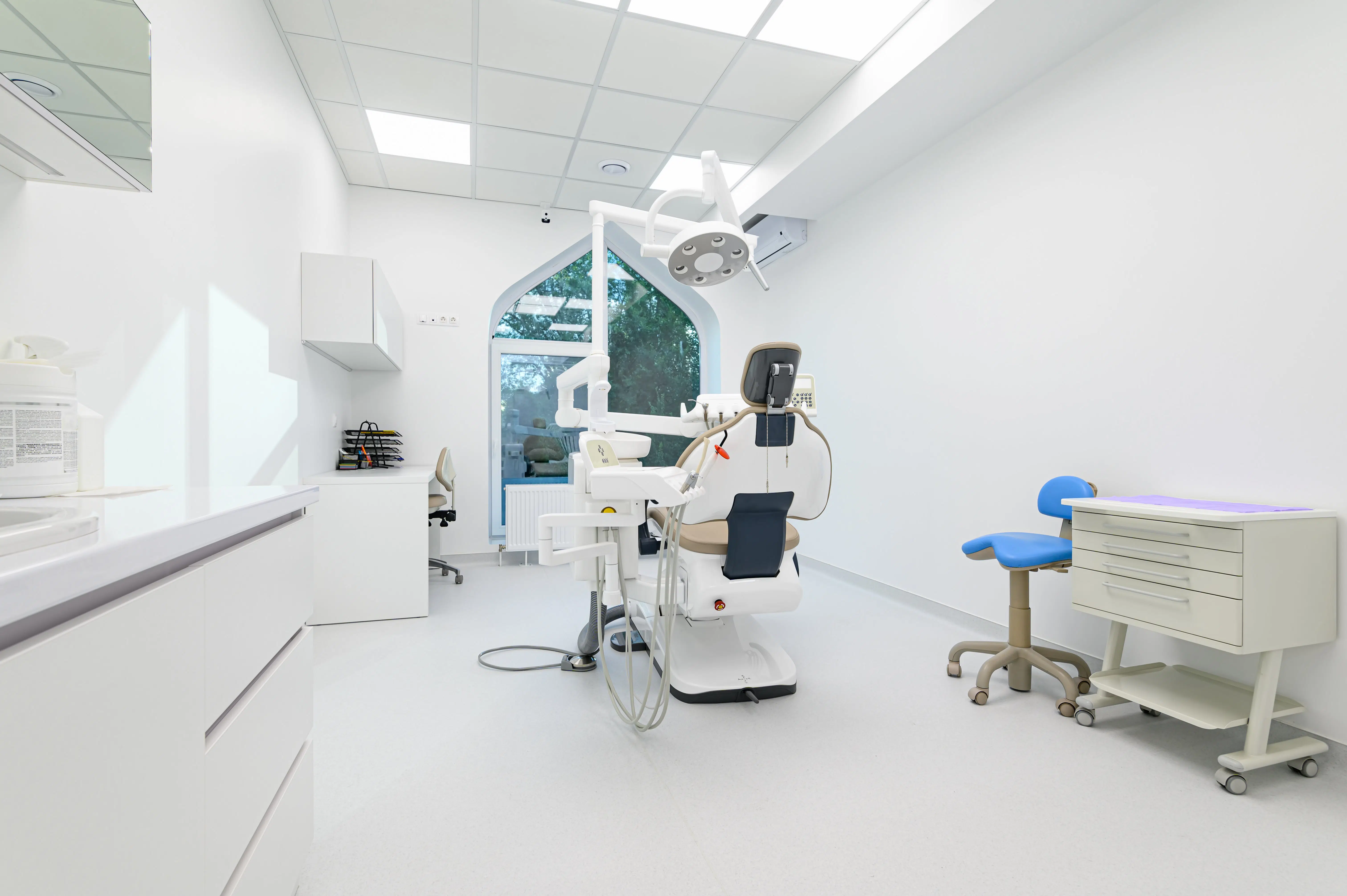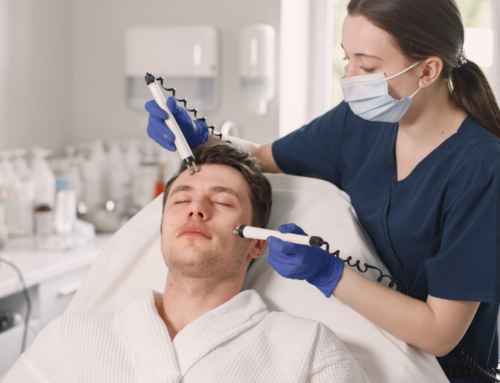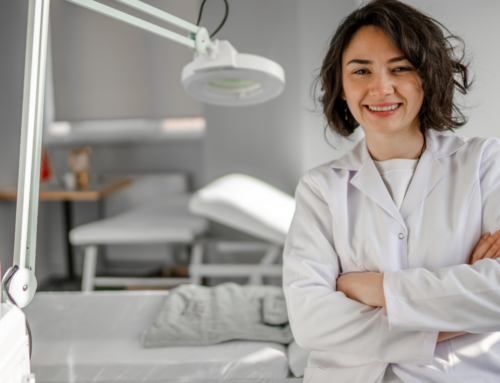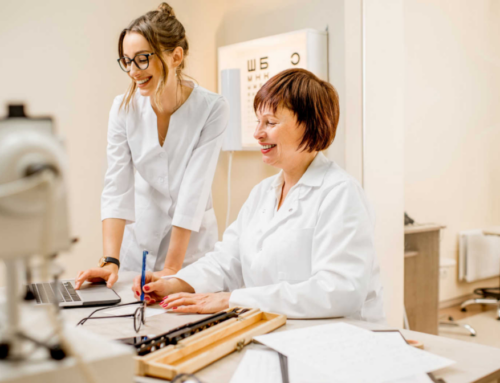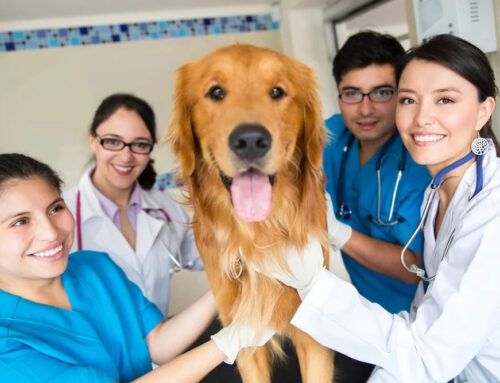When you’re deciding what to stock your new dental office with it’s important to keep in mind that dental office equipment largely plays a utilitarian role. You will need places to store your medical devices, systems to keep things sterile, as well as basic workhorse tools that you’ll use every day in standard procedures.
We have compiled a small list of some basic dental office equipment that you might have overlooked but won’t be able to do without:
1. Chairs:
Patient chairs are the backbone of any dental office. Typically, you want a chair that’s comfortable for both you and the patient. A thin backrest allows dentists more maneuverability, and replaceable upholstery can extend the life of a chair so you can replace fabric covers instead of entire chair units. A good chair may last the lifetime of a practice.
2. Cabinetry
This is where you’ll store all the supplies and small devices you need to keep your practice functional. In an operatory, it’s important to have cabinets to store extra items like gloves and gauze. Cabinets tend to work well when they’re kept simple, ensuring that they’re easy to open, close, and clean. You can typically purchase cabinets from local cabinetmakers or pre-made units online.
3. Lighting
Operatories need bright, focused dental lights to be able to see inside a patient’s mouth, and they also need room lighting for general visibility. Keep the soft lighting for the waiting rooms and reception areas. Also the use of natural light can play a huge role in making your office feel open, airy, and comfortable.
Using light to your advantage can help make procedures easier while keeping your patients feeling more positive at your practice.
4. X-Ray Equipment
Today’s dental offices use digital X-ray technology to share and store images with their patients. Among the equipment you may want to get: intraoral X-ray sensors (the replacement for film X-rays); digital panoramic X-rays; phosphor plate X-ray systems; and digital imaging software to serve as a management hub for organizing digital files.
5. Sterilization Equipment
Sterilization equipment is essential for preventing cross-contamination in your operatories. One of the most important pieces of sterilization equipment is an autoclave, which uses pressurized steam or dry heat to sterilize equipment. Some autoclaves can also keep a record of your infection control regime, which is a handy feature to have.
Aside from autoclaves, you can also stock up on high-grade disinfectants, general cleaning supplies, and — as always — soap.
6. Hand Pieces
Hand Pieces may be useful to the proper functioning of any dental office, used by hygienists and in both routine and specialized dental procedures. The ones you select — as well as the variety that you select — depends largely on the procedures you offer. You can find models that operate at different speeds to achieve a variety of functions and ones that are designed specifically for one function only.
7. Utility Equipment
Utility equipment keeps your dental practice running smoothly, providing air pressure, sterilizing steam, and other helpful functions that help keep your practice running. It may include lubricated and oil-free dental compressors, amalgam separators, separation tanks, vacuums, and utility control centers, among other equipment.
8. Scrubs
Scrubs are one of those things that can help your dental office achieve a uniform look. A good way to handle this detail is to provide your employees with a uniform budget each year and give some specifications about color and style. Some offices will have specific color days or assign different jobs/ roles with a certain color so the team is distinguishable to the patients.
9. Consumables
Staff needs to wear personal protective equipment when performing any procedure where there is a risk of spray or splatter. In addition to surgical masks and nitrile gloves, you should also stock protective eye shields.
10. Computers
No dental office is complete without devices for storing digital files, displaying digital imagery, entering patient data, downloading forms, and communicating. Some practices also have tablets where patients can enter personal data that is downloaded directly into their digital file, rather than having them fill out paper forms, and some offer Internet-connected devices in waiting rooms for entertainment.
11. Waiting Room
Your waiting room is typically the first thing patients see when they enter your practice. So outfitting your dental office is a chance to develop your brand. Make your statement with furniture that is sleek and modern, homey and comforting, or anything in between. One pediatric dentist has a mechanical horse that kids can ride with tokens you get from the front desk. Plants, aquariums, the view outside, whatever the environment of your waiting room is, it helps to establish comfort and trust.
CONTACT PRACTICE ADVISORS
Now that you have read some basic tips and things to consider you are ready to start your practice. After you have found a place that meets your needs you will still need to make on offer, secure financing, sign the practice sale agreement and lease, and complete the purchase. As you can see a lot of important factors go into this decision. Make sure you are being properly advised. Practice Advisors 360 is the nation’s leading dental advisory company. Contact us today at (844) 360-8360 or visit us online at practiceadvisors360.com


